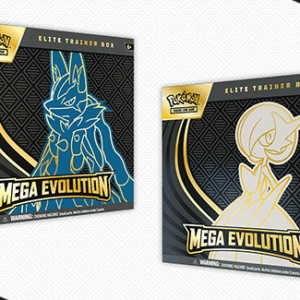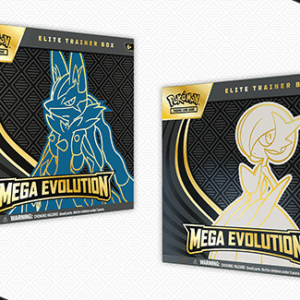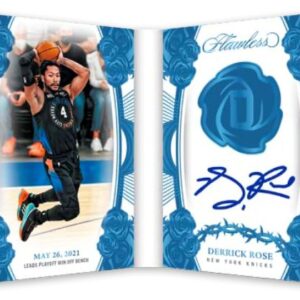The world of sports memorabilia has tumbled into a pit of counterfeit chaos, leaving collectors questioning the authenticity of their beloved souvenirs. This dramatic unraveling began with the tragic figure of Brett Lemieux, an autograph dealer who became the central figure in a massive counterfeit operation, one that Indiana authorities allege has potentially skewed the sports collectibles market on an astonishing scale.
Until recently, Lemieux was an unassuming yet influential character in the world of sports collectibles. Operating under the guise of a reputable autograph dealer, Lemieux’s operation reached an unexpected climax when he was discovered dead during a police raid, one aimed at unveiling the depth of a counterfeit memorabilia scheme centered in Westfield, Indiana. As somber as a Shakespearean tragedy, the 45-year-old Lemieux’s death, suspected to be self-inflicted as authorities moved in with a search warrant, adds a jarring human element to the tale.
The intrigue deepened following a confession post, allegedly from Lemieux himself, that shook the digital corridors of the “Autographs 101” Facebook group. Claiming to have conducted a counterfeit operation pushing over four million fake sports items into the market with a purported $350 million in sales, Lemieux’s post sent tremors through the autograph world, sowing seeds of doubt about the veracity of millions of cherished memorabilia items.
If Lemieux’s words can be believed, his enterprise, grandly titled Mister Mancave, claimed to hold the largest framed jersey inventory online. Yet, digging deeper unearthed shaky foundations, with discrepancies like the absence of a concrete storefront at the Columbus, Ohio address where Mister Mancave supposedly thrived, and twin incorporations in Indiana from 2018 to 2023.
Lemieux’s “confession” unveiled his sinister artistry in mimicking the safety markers of authenticity, specifically the hologram stickers by established giants like Panini, Fanatics, and James Spence Authentics. The fragility of fanfare authenticity was most ruthlessly exposed following NBA legend Kobe Bryant’s untimely demise in 2020. Lemieux claimed to have flooded the market with 80,000 fraudulent Bryant items, complete with counterfeit holograms that, to the naked eye, bore the hallmarks of legitimacy.
Nor was the counterfeit blitz limited to basketball’s elite. On Lemieux’s digital store shelves sat baseballs supposedly signed by Aaron Judge, cloaked in the sheen of a Fanatics hologram, discounted to a mere $399—a stark contrast to their authentic Fanatics counterparts priced at nearly twice as much. Such sweetened deals, facilitated by fraudulent holography, slid by largely unnoticed.
Now, as the veneer has worn thin, industry titans like Fanatics are spearing forth to quell the tide of distrust. By aggressively modernizing hologram technology and harnessing the expertise of law enforcement and former FBI officials, they strive to shore up the authentication bulwark. Fans, collectors, and dealers have thus been jolted into a reality of heightened scrutiny, while experts like Steve Grad, who has long navigated the seas of autograph authentication, confess the challenges of identifying increasingly savvy fakes.
Critics have scrutinized Lemieux’s astronomical figures, labeling his claimed $350 million in sales as fantastical, yet there’s no denying the ripple waves of damage left in their wake. Some in the autograph community had been skeptical for a while. Suspicions arose when Lemieux showed off autographs from athletes who had not engaged in signing events for an extended period. Meanwhile, other names sullied in Lemieux’s so-called exposé, such as Dominique Ball of Indiana and Nickolas Litscher from Wisconsin, have staunchly denied involvement, with Litscher reportedly seeking to clear his name through legal channels.
As authorities dig deeper, unearthing an intricate web of alternative business guises like Ultimate Sports and Athletes One, the memorabilia landscape remains mired in uncertainty.
The collectors, those custodians of sports history, are left grappling with tainted relics, faced with the possibility that their sentimental treasures might be mere figments of a deceitful imagination. This scandal serves as a wake-up call to the entire memorabilia market, underscoring an ongoing need for unwavering vigilance and adaptive fraud prevention measures to protect the sanctity and authenticity of sports memorabilia. As the dust settles, the myriad unanswered questions and tarnished memories will likely prompt a reckoning within the industry for years to come.






